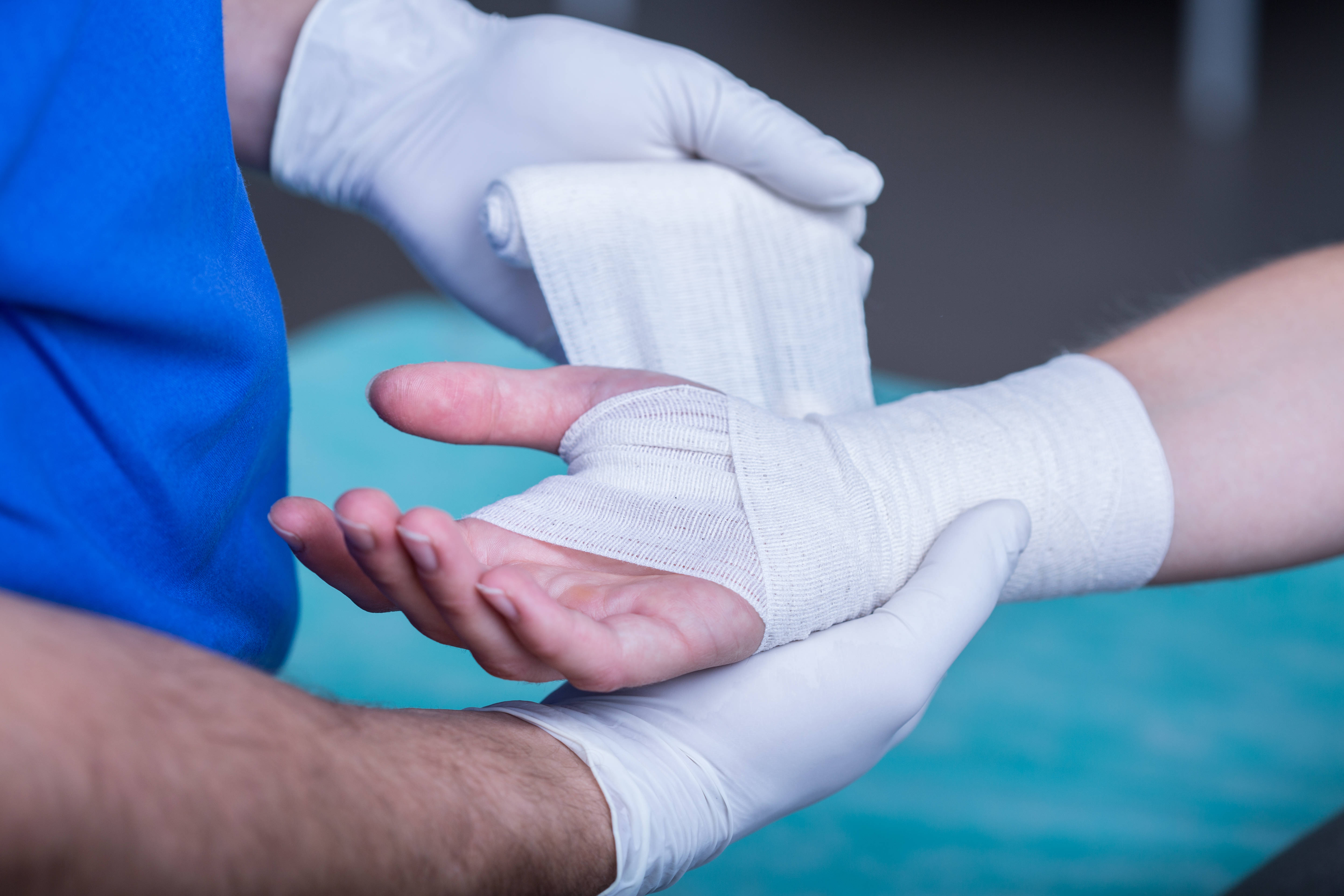Carpal tunnel is a safe and effective treatment option for patients who have persistent pain and dysfunction of their hand due to carpal syndrome that does not respond to splinting, therapy, or injections. Surgery is done under either a local or general anesthetic, and is a routing, outpatient procedure. The goal of the surgery is to release the transverse carpal ligament (the structure pinching the nerve), thereby allowing for more room within the carpal tunnel and thus less pressure on the nerve.
There are two techniques for performing carpal tunnel surgery: open or endoscopic. Open surgery involves a 1.5-2 inch incision at the base of the palm, and allows the surgeon to dissect down to the transverse carpal ligament (the structure pinching the nerve). The surgeon then releases the ligament, as well as any fascia, or connective tissue, in the palm or forearm that may be compressing the nerve.
The other option is to use an endoscope, which allows the ligament to be divided from within the carpal tunnel itself, avoiding the skin and muscle dissection in the palm. The endoscope, which is placed at one end of a thin, cylinder tube is inserted into the carpal tunnel by making a small (< 1-inch) incision at the wrist. At the other end of the tube, there is a sharp blade that can be raised to cut the ligament.
Studies have suggested that endoscopic carpal tunnel release has less pain and time missed from work, while being equally as safe and effective. Dr. Larson routinely performs both open and endoscopic carpal tunnel release. Each patient is unique, and some Based upon each specific patient’s condition, wrist history, and use of the hand, an individualized surgical treatment plan is selected together.
For more information about how carpal tunnel surgery may benefit you, please call Dr. Timothy B. Larson, MD at 940-299-HAND to schedule your consultation.
More information for post-operation care for a carpal tunnel procedure can be found here: Carpal Tunnel Release Post-Op Care

